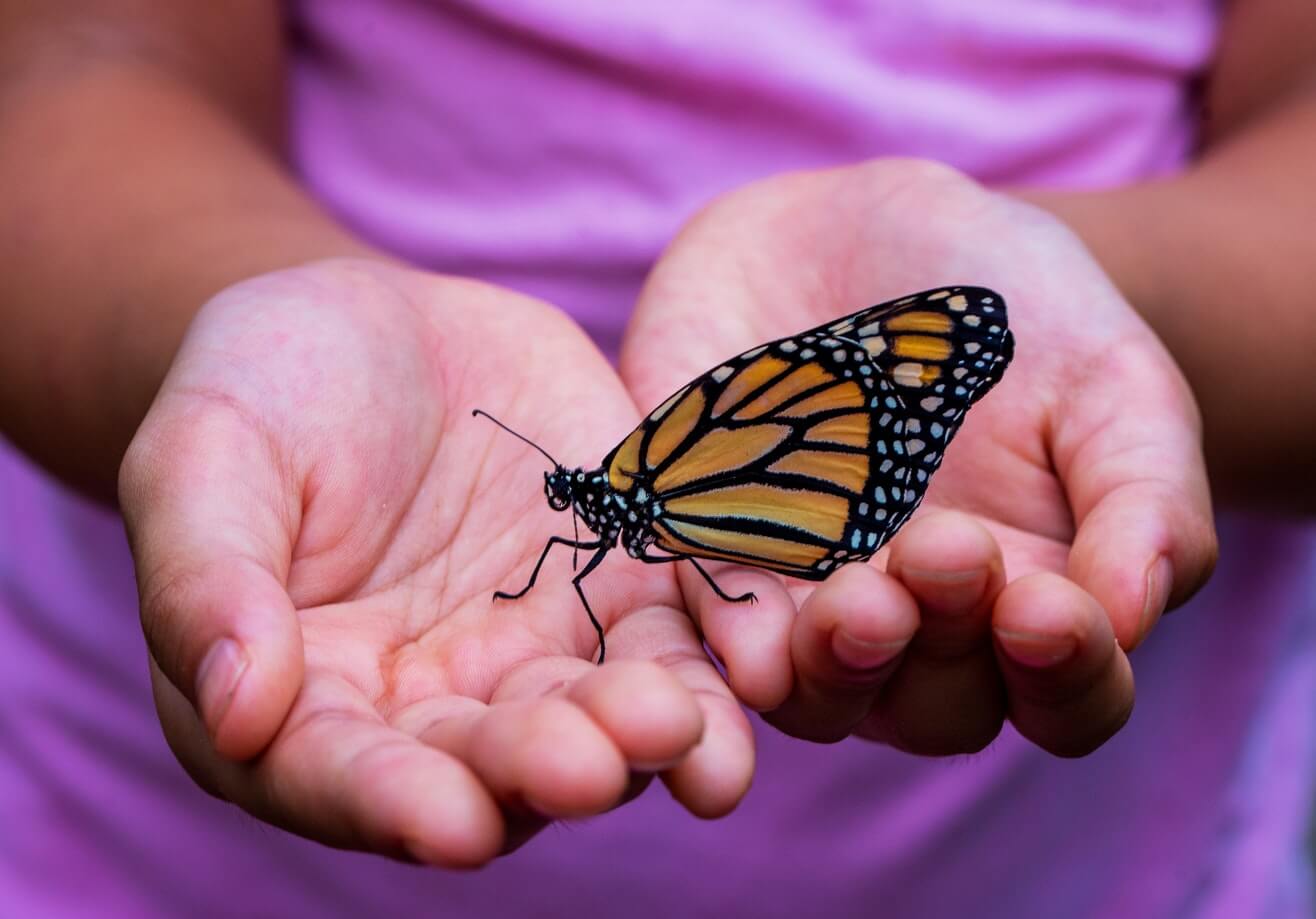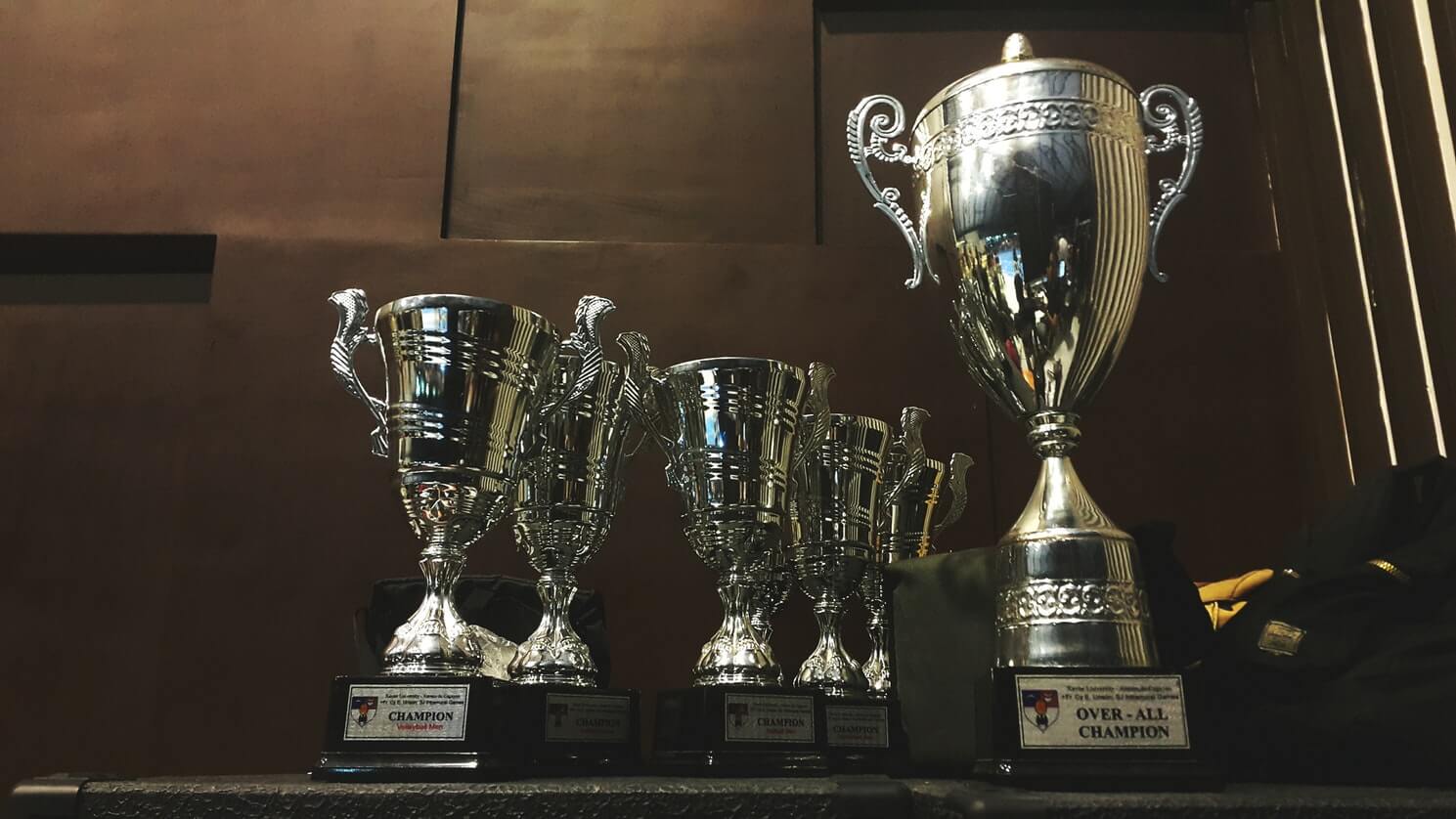Cremation Information
The needs and expectations of our families are changing and we've responded with funeral service options tailored to these new expectations.
But, as the demand for cremation services increased, there has been a shift in the types of services available. Many more families are choosing cremation and holding a memorial service afterwards. Family members and friends still came together to pay their respects to the deceased and find emotional support but they do so in less formal ways.
Today, another funeral service option, the celebration of life service, has become quite popular because there are no limits to the how, where, and when the life of a loved one can be celebrated.
Other family members may choose a private, family only viewing which is followed by cremation. Depending upon the wishes of the family, they may find comfort in witnessing the start of the cremation, waiting in our comfortable family room while cremation takes place, or even taking part in starting the process. Every family is different, and we want to provide closure and peace of mind, while honoring your loved one's wishes not to have a public funeral service.
What is Cremation?
Part of making funeral arrangements on behalf of a loved one involves choosing between burial of the body, or cremation. Certainly this is a big decision, based on any number of factors: religious or spiritual beliefs, finances, or ecological awareness are just some of the reasons we've heard for choosing cremation. Before you can make the choice, you need to know exactly what it is you're considering. You can learn the basics below, however, if the content here raises additional questions for you, please visit our
contact page or simply give us a
call us. One of our
cremation specialists will address any of your inquiries or concerns.
A Short History of Cremation
Cremation Costs Are Only One Reason
What is Required to Arrange a Cremation?
Once the cremation-over-burial decision has been made, all that's required is authorization. This is provided by the person who is the legally identified or appointed next-of-kin. Once all authorization documents are signed; the body can be transported from the place of death to the crematory and the cremation process can take place. However, there are some additional things you may wish to consider, such as:
- Is there a special set of clothes (such as a military uniform or favourite dress) your loved one would appreciate the thought of wearing? This will be a focus of the cremation arrangement conversation, and you will be advised by your funeral director as to your best options regarding jewelry or other valuable personal items.
- Are there any keepsake items you'd like to include in their cremation casket? Perhaps there's a special memento, such as a treasured photograph or letter? We sometimes suggest family members write cards, notes or letters to their deceased loved one, and place them in the casket prior to the cremation.
- Would you or other family members like to be present for–or participate to some degree in–your loved one's cremation? Because we know how healing it can be to take part in an act of "letting go", we welcome the opportunity to bring interested family or friends into the crematory. Please discuss your desire to participate with your funeral director.
- What will you keep the cremated remains or ashes in after the cremation or the service? Many families are simply unaware that they can purchase a
cremation urn to be placed in a special place such as the family home.






